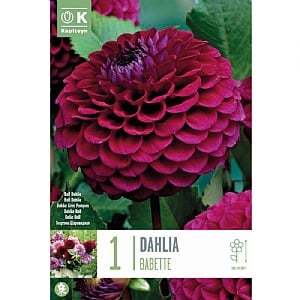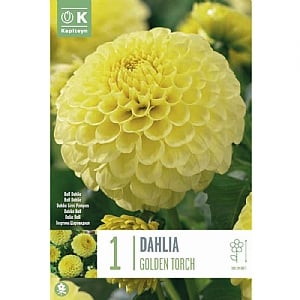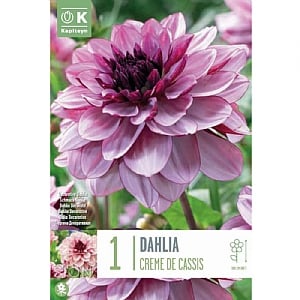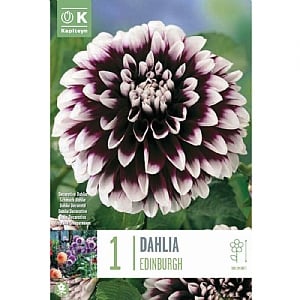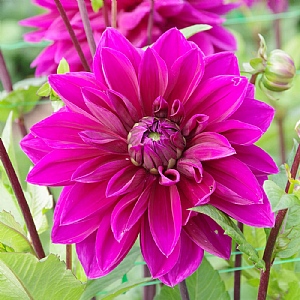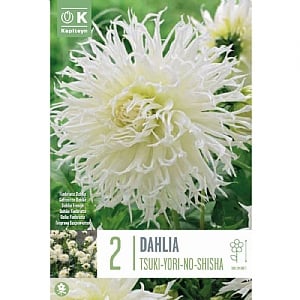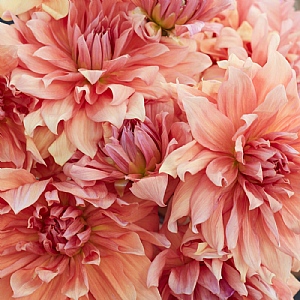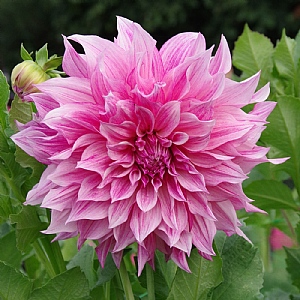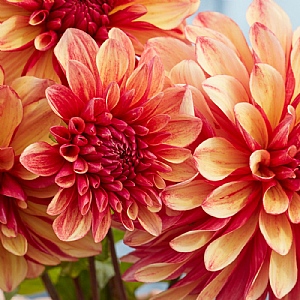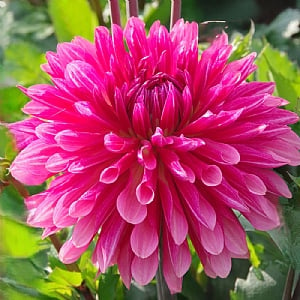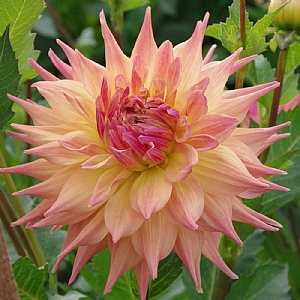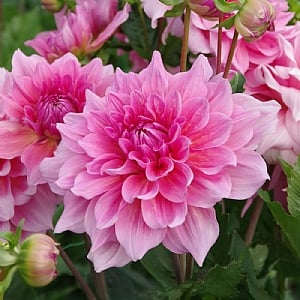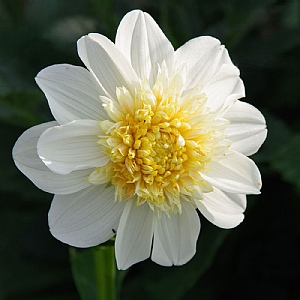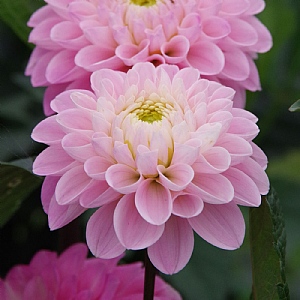- Dahlia 'Bishop of York' is a cheerful member of the Bishop range of dahlias with bright, clear yellow flowers and a brown eye
- Foliage is bronze and dark, contrasting well with the flower colour
- Along with other dahlias in the Bishop range, 'Bishop of York' is especially good at attracting bees and other pollinating insects
- Dahlias are classic border plants, ideal for cut flowers in your home, and good attractors of bees and butterflies to the garden; and they're easy to grow too
- If you keep picking them they'll give you flowers until the first frosts arrive, bringing late summer colour to your garden and being useful as a cut flower
What you need to know:
- 1 x Dahlia 'Bishop of York' (1 Tuber)
- Herbaceous perennial
- Height: 75cm
- Position: Prefers full sun or partial shade
- Planting time: plant when winter is completely over, when there are no signs of late night frosts. A good time to plant dahlias is between late April and mid-May
- Flowering period: July - October/ November
- In mild areas with free-draining soil, Dahlia tubers can be left to overwinter in the ground or pots, but in colder areas lift and store to protect them from the worst winter weather. Do this as soon as the first frosts have burnt the leaves back. Then cut back the top-growth to 15cm (6in) and lift the plants from the ground. As much soil as possible is cleaned off, before trimming any straggly, fine roots. Store them in boxes of dry compost to overwinter them in the garage, although any cool but frost-free place would do. The tubers are replanted in the spring once the danger of frosts has passed
- Ensure Dahlias are watered daily during dry spells. Do not water over winter
- RHS Good for Pollinators
- From Taylors Bulbs



